View all Standards for Georgia Performance Standards - Theatre Arts
TAHSAD.CR.1 Organize, design, and refine theatrical work.
a. Examine various theories of dramatic structure.
b. Engage in and apply meaningful cultural, literary, and historical research to create acting choices or directorial concepts.
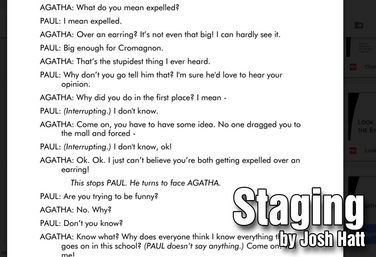
Part of the Technical Theatre Mini Units Curriculum
Staging
by Josh Hatt
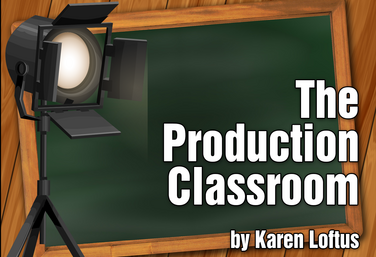
Part of the Production Classroom Units Curriculum
Production Classroom Units Overview
by Karen Loftus

Part of the Production Classroom Units Curriculum
Part One - Pre-Production
by Karen Loftus

Part of the Production Classroom Units Curriculum
Part Two - Rehearsal and Performance
by Karen Loftus

Part of the Production Classroom Units Curriculum
Part Two - Documents
by Karen Loftus

Part of the Production Classroom Units Curriculum
Part Three - Reflection and Assessment
by Karen Loftus

East Meets West: Theatre Traditions
by Marsha Walner
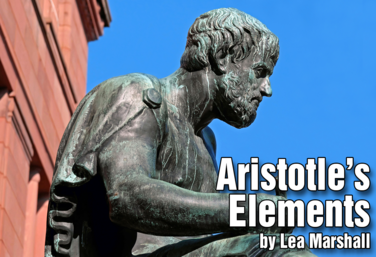
Aristotle's Elements
by Lea Marshall
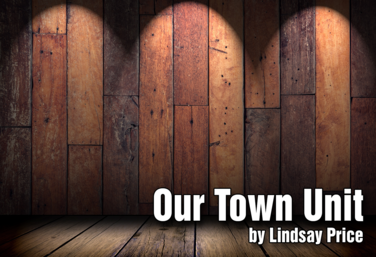
Our Town Unit
by Lindsay Price
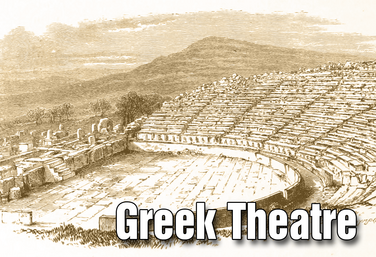
Part of the Drama One Curriculum
Ancient Greek Theatre
by Karen Loftus
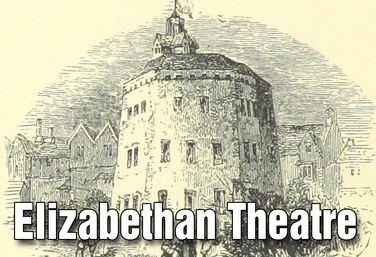
Part of the Drama One Curriculum
Elizabethan Theatre
by Karen Loftus
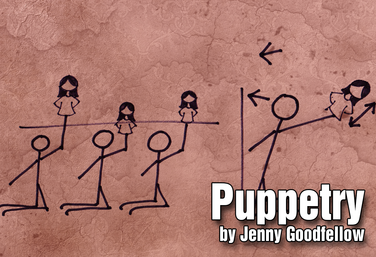
Puppetry
by Jenny Goodfellow
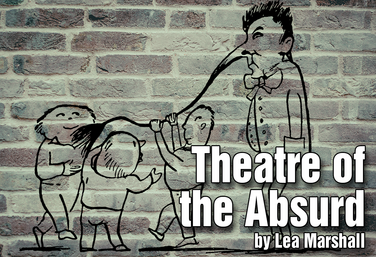
Theatre of the Absurd
by Lea Marshall
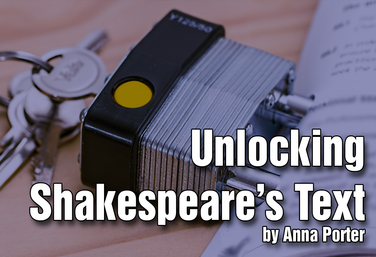
Unlocking Shakespeare's Text
by Anna Porter
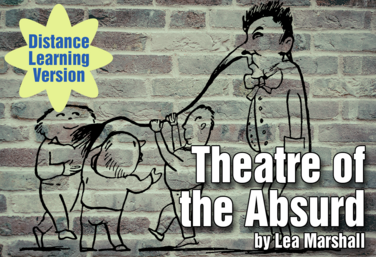.png)
Part of the Distance Learning Curriculum
Theatre of the Absurd
by Lea Marshall
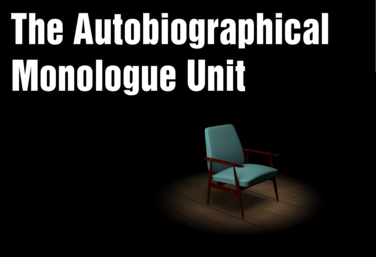
The Autobiographical Monologue
by Gai Jones
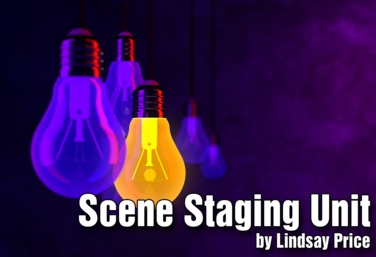
Scene Staging
by Lindsay Price
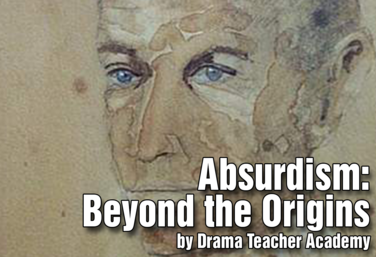
Absurdism: Beyond the Origins
by Drama Teacher Academy
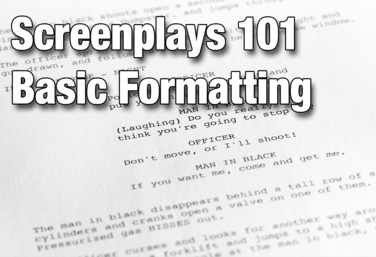
Screenplays 101: Basic Formatting Unit
by Nicholas Pappas
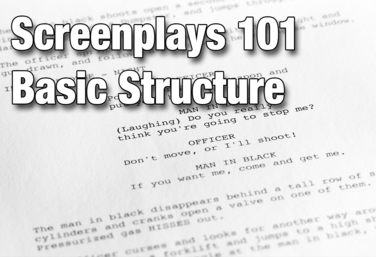
Screenplays 101: Basic Structure Unit
by Nicholas Pappas
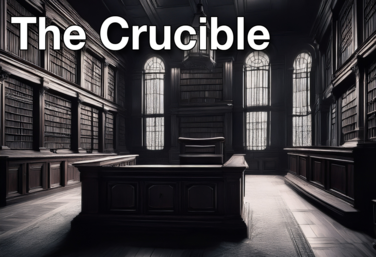
The Crucible Unit
by Lindsay Price
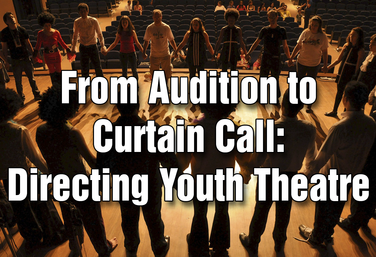
From Audition to Curtain Call: Directing Youth Theatre
by Steven Stack
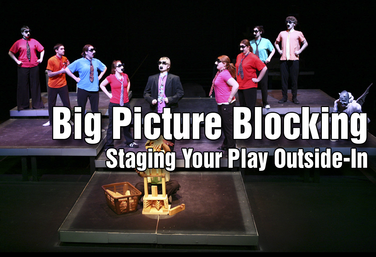
Big Picture Blocking: Staging Your Play Outside-In
by Todd Espeland

Working With Monologues For Rehearsal And Development
by Gai Jones
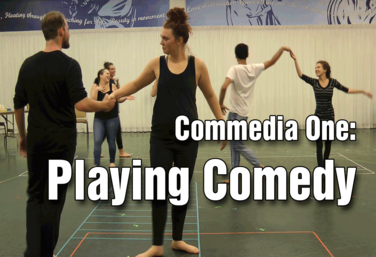
Commedia I: Playing Comedy
by Todd Espeland
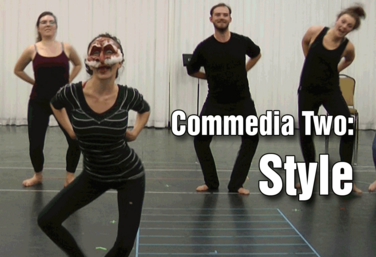
Commedia II: Style
by Todd Espeland

The Production Classroom
by Karen Loftus
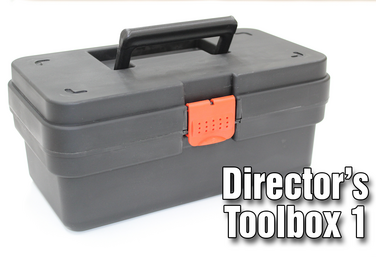
Director's Toolbox 1: Teaching Students to Direct
by James Van Leishout

Director's Toolbox 2: Teaching Students to Direct
by James Van Leishout

How to Give Feedback to Student Playwrights
by Nicholas Pappas
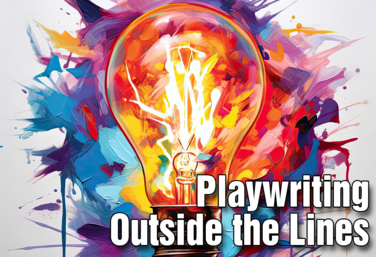
Playwriting Outside the Lines
by Steven Stack
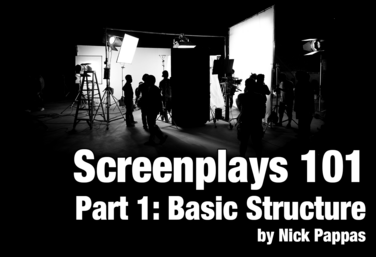
Screenplays 101 - Part 1: Basic Structure
by Nicholas Pappas
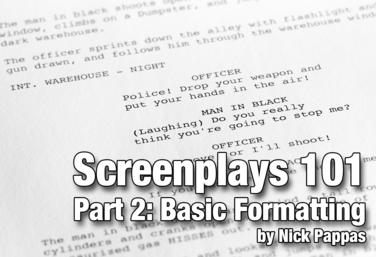
Screenplays 101 - Part 2: Basic Formatting
by Nicholas Pappas

Tech Knowledge: Integrating Tech Throughout Your Rehearsal Process
by Claire Broome
View all Standards for Georgia Performance Standards - Theatre Arts Standards Master List